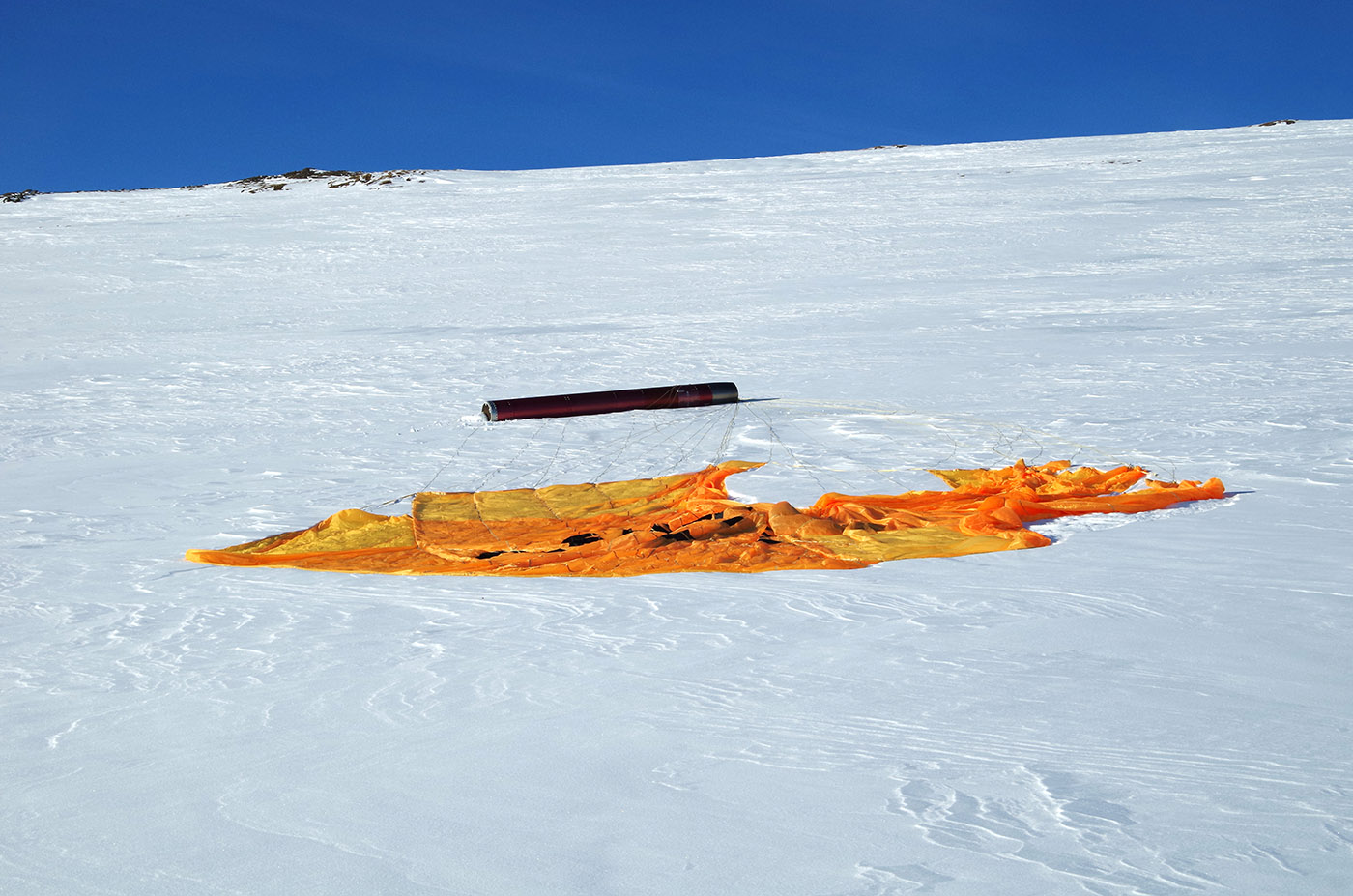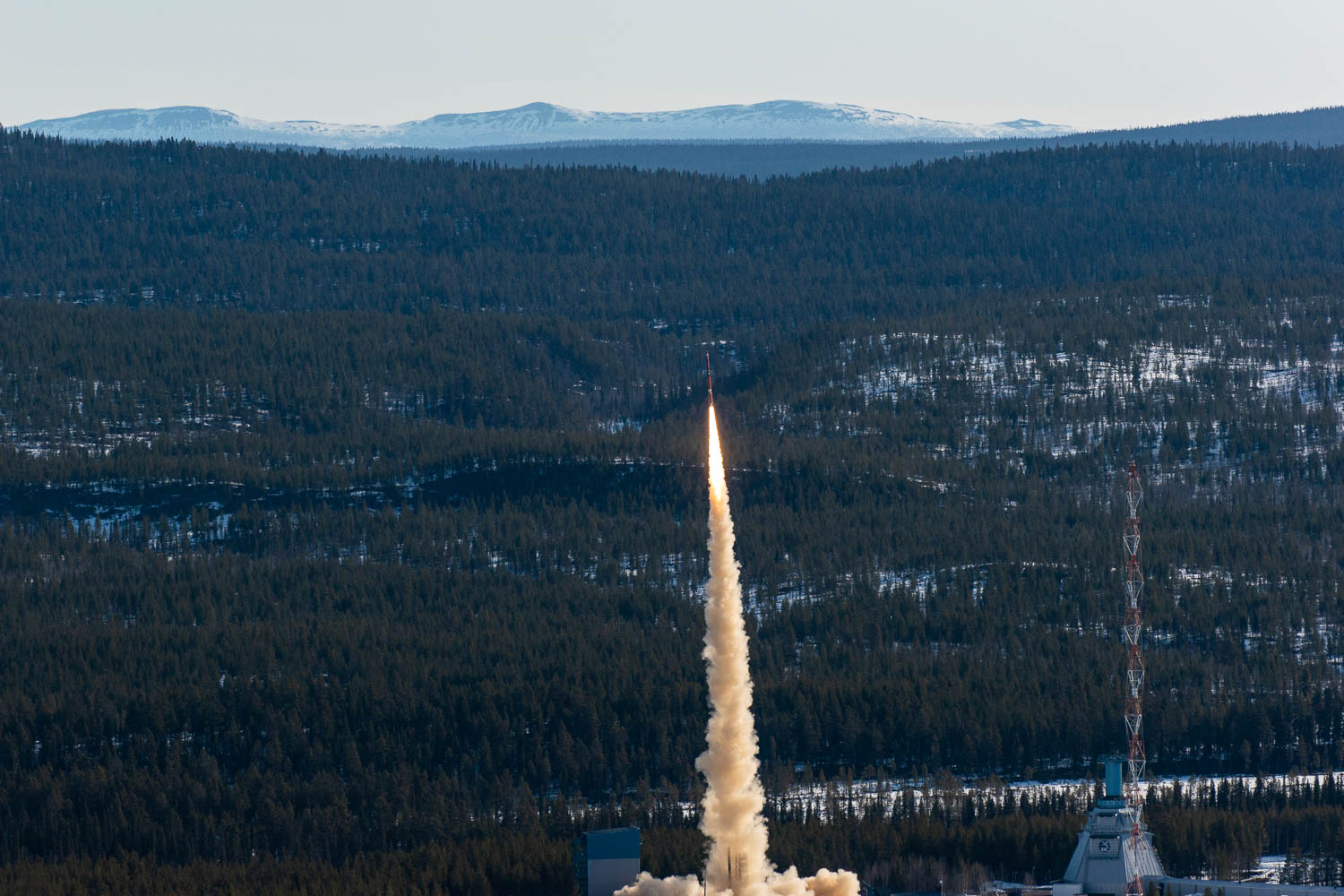April 24, at 7:20 am local time, a microgravity research rocket was launched from Esrange Space Center. The rocket took a slightly longer and more westerly trajectory than expected and landed after completed flight 15 kilometers into Norway. The payload is now back at Esrange.
The rocket reached an altitude of 250 kilometers where experiments were carried out in zero gravity. The rocket and its payload landed at an altitude of around 1,000 meters in a mountain range around 40 kilometers northwest of the planned landing site.
Shortly after landing, and according to routine, both Norwegian and Swedish authorities as well as other local actors were contacted – including the Swedish Ministry of Foreign Affairs and Norwegian FOH.
On Tuesday, the payload was recovered in good condition and has now been transported back to Esrange by helicopter. In parallel, an investigation is underway to determine the technical details around the non-nominal flight path.
“This is a deviation that we take seriously. We are now investigating the reason why the rocket flew further northwest than nominal. It is still too early to speculate about the cause, and we await more information from the current investigation,” says Marko Kohberg, Head of Sounding rocket and Balloon operations at Esrange Space Center.
The rocket, TEXUS-58, is part of a European program commissioned by the European Space Agency (ESA). The payload consisted of three experiments performed in microgravity:
Research contributing to the green transition
Through the VIPer experiment, researchers hope to improve the quality of crystalline materials which can be of great importance in, among other things, the production of more efficient solar cells as part of the green transition.
One of the other experiments, Perwaves, also aims at the carbon-free fuels of the future. There, the researchers study the combustion of iron powder in weightlessness. Since iron powder, apart from rust, also creates large amounts of energy when burned, data from this research can be used to design engines that make better use of the energy.
How planets are born
Astronomers conclude that planets are form by cosmic dust and gas that is created with stars are born. But exactly how these dust particles clump together into larger celestial bodies is still a mystery. Through the ICAPS experiment, researchers will investigate the very first moment when planets form in space, hoping to get answers about the birth of our Earth.
Media assets
Download high resolution images from both TEXUS-58 launch as well as the recovery using our media library: https://sscspace.canto.global/b/LUJ5R







